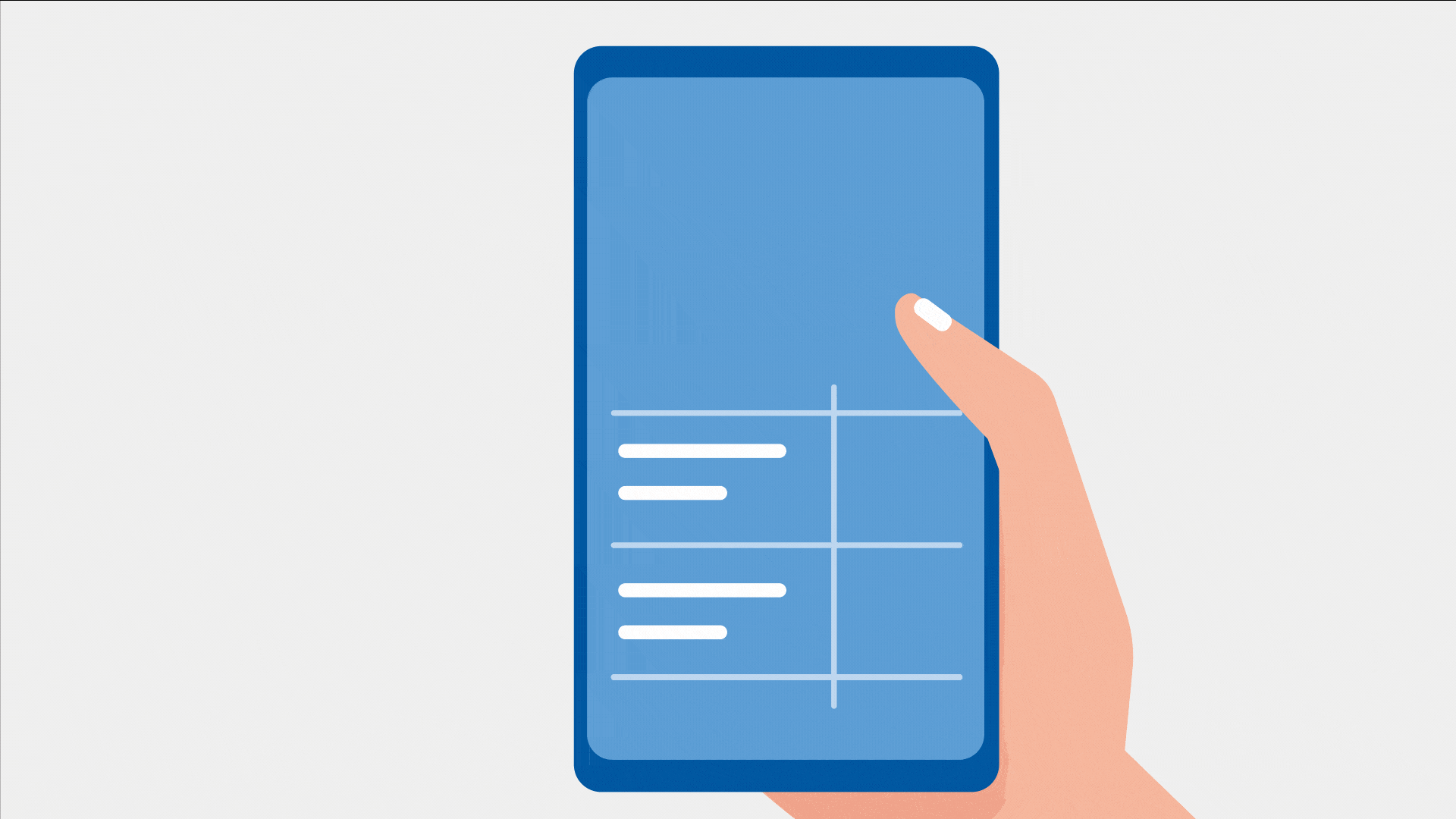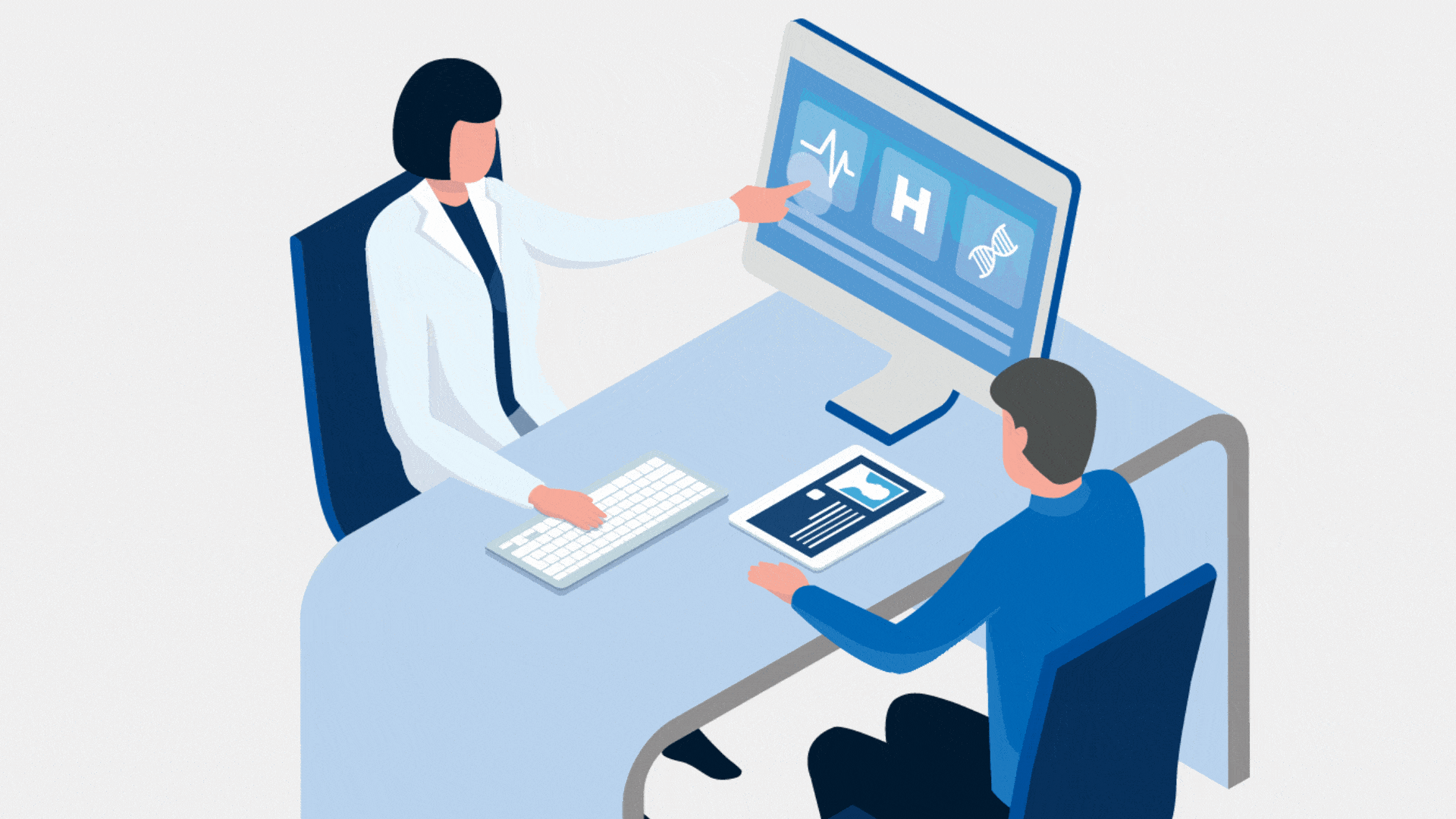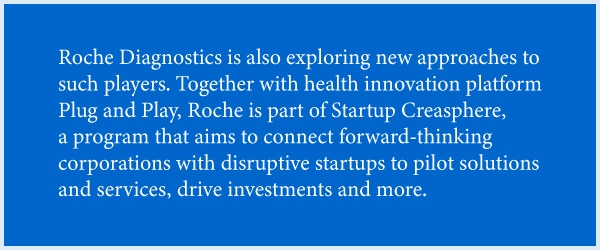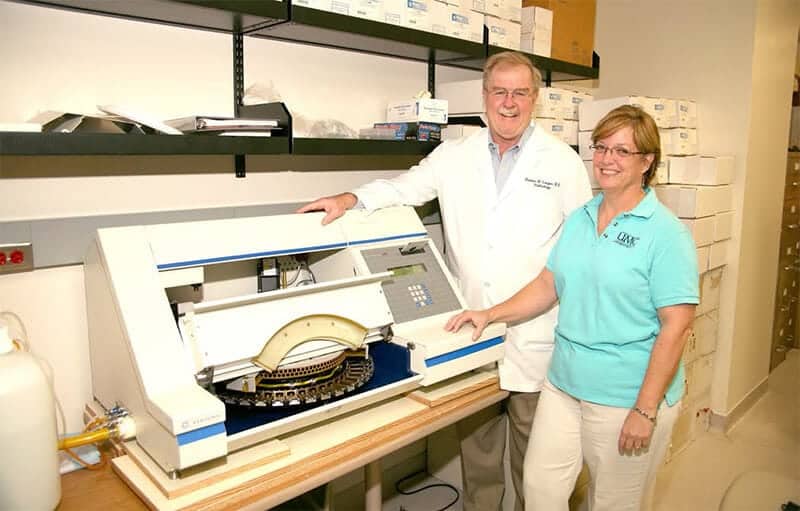A look at the Past, Present and Future of Healthcare as we usher in the decade of diagnostics.
Diagnosing the current state of healthcare in Asia
At the turn of the new millennium, healthcare systems around the world were reaping the benefits of strong economic growth by increasing investments in healthcare. But as healthcare costs have continued to rise over the last decade, and as the recent pandemic has shown us, governments are racing to plug gaps in access and quality. After all, low-quality healthcare not only threatens the general well-being of individuals but can also affect society as a whole.
In 2012, when Singapore’s Ministry of Health launched the Healthcare 2020 Masterplan, Health Minister Gan Kim Yong said the plan would provide citizens access to affordable and quality healthcare. “This,” he said, “is integral to an inclusive society.”1
While many countries in Asia are known for their exceptionally strong and well-funded healthcare systems, several are taking steps to strengthen national healthcare delivery, including through the roll-out of ambitious universal healthcare programs.
Indonesia, which successfully launched the national health insurance scheme Jaminan Kesehatan Nasional, ran into implementation difficulties when its universal healthcare funding created a national budget deficit.2 In response, the government announced premium hikes last year.3 While there have been mixed reactions to this, the hike could prove to be beneficial for Indonesia’s healthcare system, allowing the government to possibly increase state funding towards diagnostics and other medical services in the country.
India, as another example, is still rolling out Ayushman Bharat, a universal health coverage scheme. Officially launched in 2018, it aims to provide quality care to millions without prior health coverage. While its ambitious plans will certainly improve healthcare for the masses, with millions more expected to sign on, India’s lack of doctors and allied healthcare workers could become an even larger problem.

Such challenges aren’t unique to developing countries, as many advanced nations struggle to improve healthcare delivery for the entire population. A key goal of South Korea’s National Health Plan 2020 was to increase the healthy lifespan of its citizens to 75 by 2020.⁵ As the number of elderly and those with chronic diseases continues to rise, policy makers in South Korea may be looking at ways to improve care across the cross-section of society. New-generation diagnostic tools that can detect life-threatening diseases accurately and quickly could help to close this gap.
Even as countries edge towards this shared vision, they may create more problems. It is much easier, after all, to increase life expectancy than it is to increase healthy life expectancy. As the elderly population grows, nations could grapple with the demographic problems they already have, but on a broader scale.
Laboratories in demand

Increasing pressure on laboratories – to deliver larger volumes of patient samples, quickly and at much lower costs – is therefore, inevitable.
The challenge of swathes of the population living less healthily won’t go away, and neither will the proportional rise in the incidence of Non-Communicable Diseases (NCDs) that have now reached epidemic proportions.
NCDs kill 41 million people each year, accounting for 71% of all deaths globally.6 “Detection, screening, and treatment of NCDs, as well as palliative care, are key components of the response to NCDs,” says the World Health Organization.6
Chronic and infectious disease outbreaks will stretch clinical laboratories, particularly as more Asian countries broaden healthcare access and more people require urgent care.7
Revolutionary change is around the corner

Moves to boost efficiency will help healthcare systems in Asia to meet demand within their limited budgets and enable laboratories to manage an increasingly high number of patient samples while delivering quick and accurate results, thus improving health outcomes.
In part, this is happening through integrated and fully automated solutions. Roche is already pioneering the approach to connectivity, integration, and automation through its vision for an Integrated Core Laboratory where every component is designed to work together as one, expanding the efficiency, scope, and quality of diagnostic capabilities. This gives laboratory professionals more time for value-added tasks that can directly influence patient outcomes.
Personalised healthcare powered by diagnostics

Overall, the entire routine of providing symptomatic care in a bricks-and-mortar building is about to be upended, as healthcare diagnostics continue to become far less passive and more personalised, preventative- and ever-present. With the growing uptake of home-monitoring, embedded sensors and self-sampling techniques, the sign that change is coming is now obvious.
Today, innovative technologies such as digital oncology solutions and new blood testing technology are enabling the democratisation of health data, giving end-users more control of their health and data. With many non-traditional players and startup companies now entering the space, this is likely to become more mainstream in the coming decade — as seen in the sheer number of cross-industry collaborations.
The flip side, however, is the huge amount of data generated. It is estimated that 80% of medical data is unstructured and difficult to parse for useful insights.8 Often, such information is siloed and archived, and therefore rarely gets used to inform future care.
Digital diagnostics and the smart use of analytics can turn this data into actionable results that can guide clinical decision-making. What regulations are needed to govern digital health is something many nations are trying to ascertain. Countries such as Singapore,9 China10, and Australia11 have already developed digital health guidelines, with many others following suit.
Read more about digital technology in healthcare.
The next decade
The radical shift in personalisation, brought about by big data and advanced analytics, will be key in generating value- and outcome-based healthcare, ending “one-size-fits-all” solutions forever.
Policymakers, recognising the importance of value-based healthcare, are exploring avenues that move away from traditional “pay-per-use” reimbursement models.
Furthermore, new technologies and approaches are already challenging the current care environment, forcing it to evolve through more novel, efficient applications in the quest for better outcomes and more affordable care.
The next decade will see the convergence of several forces within healthcare that will place diagnostics at the core of a new health ecosystem. One where the use of analytics on large-scale population data will bring about a shift from volume-based, episodic care to personalised healthcare that incentivises players for improved patient outcomes. And ultimately, one that breaks down silos and creates more opportunities for public and private stakeholders to collaborate even more so as to prevent future disease outbreaks from becoming full-blown pandemics.
Read more healthcare and diagnostics news at Roche publications.
*The information contained in this article was extracted from Edition 2020, Vol 7.





